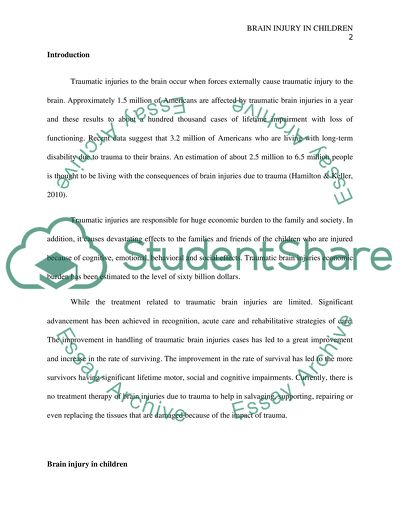Cite this document
(“Children with Traumatic Brain Injury Research Paper”, n.d.)
Children with Traumatic Brain Injury Research Paper. Retrieved from https://studentshare.org/education/1659478-children-with-traumatic-brain-injury
Children with Traumatic Brain Injury Research Paper. Retrieved from https://studentshare.org/education/1659478-children-with-traumatic-brain-injury
(Children With Traumatic Brain Injury Research Paper)
Children With Traumatic Brain Injury Research Paper. https://studentshare.org/education/1659478-children-with-traumatic-brain-injury.
Children With Traumatic Brain Injury Research Paper. https://studentshare.org/education/1659478-children-with-traumatic-brain-injury.
“Children With Traumatic Brain Injury Research Paper”, n.d. https://studentshare.org/education/1659478-children-with-traumatic-brain-injury.


